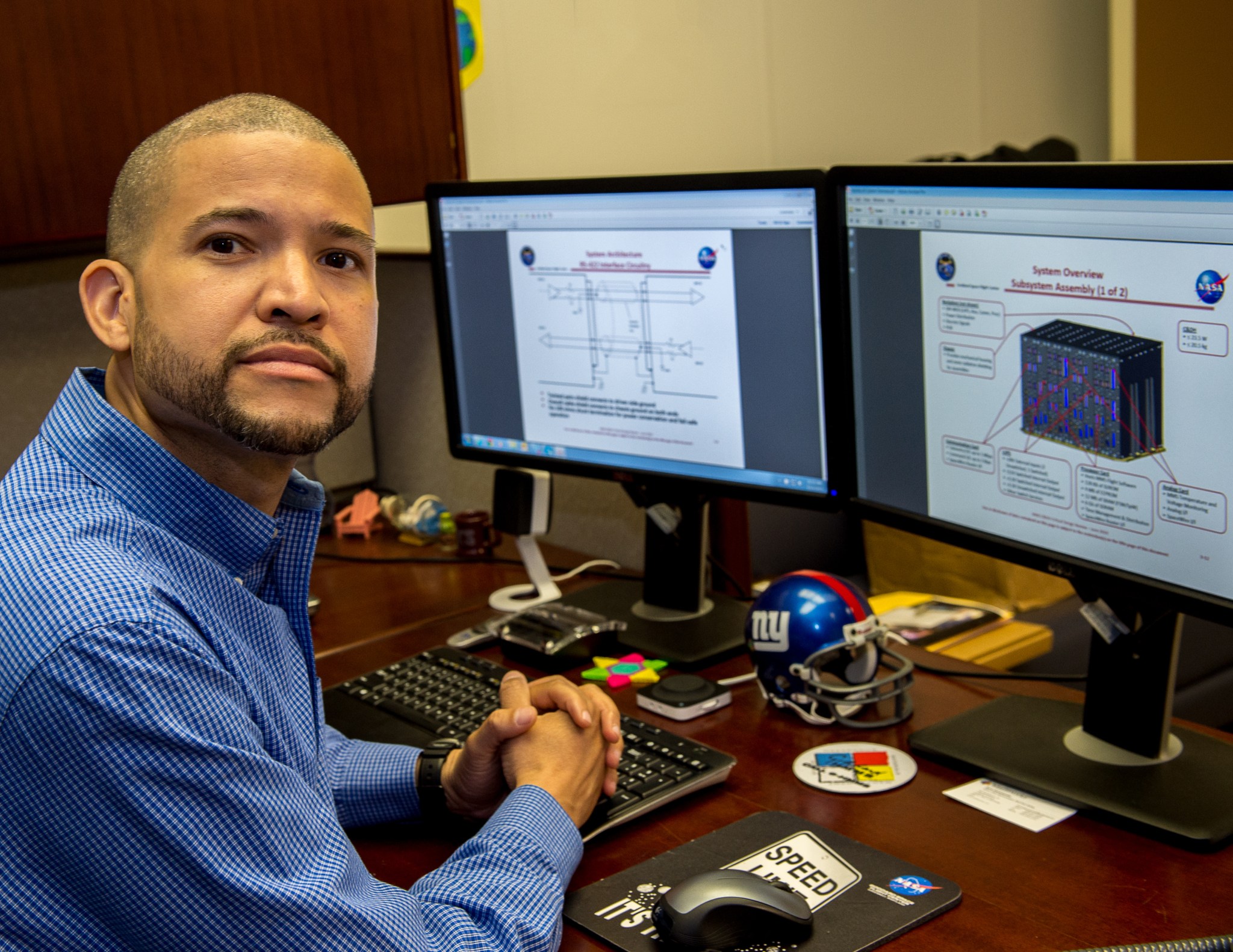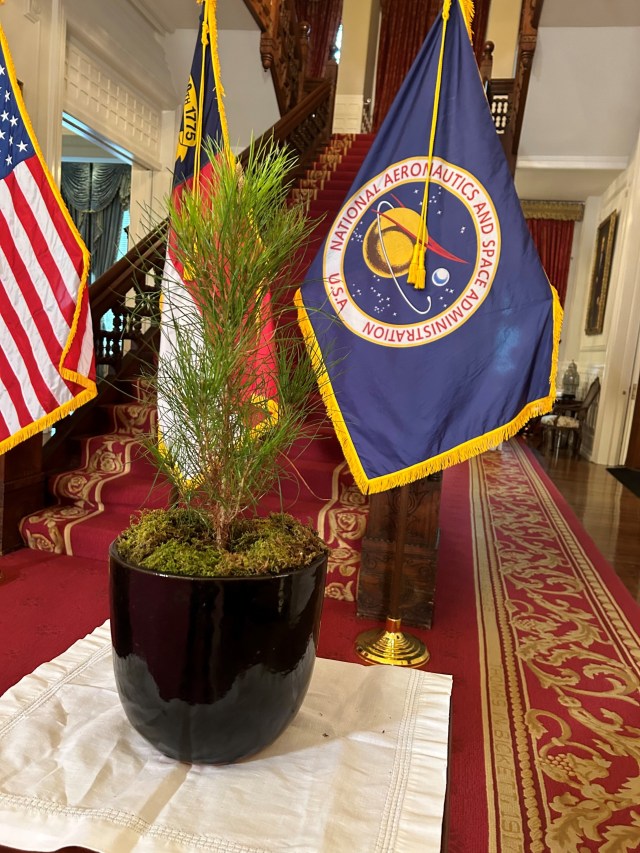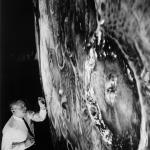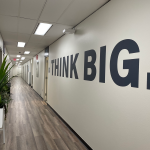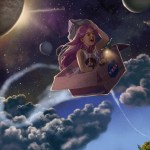Name: David Raphael
Title: Associate Branch Head
Formal Job Classification: Electronics Engineer
Organization: Code 566, Telecommunication Networks & Technology Branch, Electrical Engineering Division, Applied Engineering and Technology Directorate
From Haiti to Goddard, David Raphael builds spacecraft subsystems.
What do you do and what is most interesting about your role here at Goddard? How do you help support Goddard’s mission?
I’m an associate branch head, so my job varies from day-to-day. As a supervisor, I provide my direct reports with whatever they need to get their jobs done. I am also a technical consultant and evaluate the technical merit, cost and schedule of proposals. In addition, I help troubleshoot projects’ issues and respond to upper management’s requests.
What makes a supervisor effective?
You must possess people skills. You need to relate to people and understand their issues in order to help them get their job done. There also has to be mutual – and earned – respect as well as trust between a supervisor and his or her employees to create a workable partnership.
What do you think about when you troubleshoot a problem?
Do not panic and do not think the worst has happened. Often, the simplest solution is the correct solution. Find out what happened, then work backwards to the root of the issue. Eventually, you’ll find the culprit and generate a solution.
Given all your tasks, how do you manage your time?
It took me a long time to learn to manage my time. Working long hours is not always the solution.
Various training courses have helped me to focus on priorities and determine what needs to be done now and what can wait until tomorrow.
Communication is also key. Always let your colleagues know if you cannot meet a deadline or be in a meeting and the reason why.
What does the Telecommunication Networks and Technology Branch do?
The branch provides expertise in both spaceflight and ground network engineering and works closely with flight projects and mission services to develop space-to-space and space-to-ground mission operations communications.
How did you come to work for Goddard?
While a junior at Hofstra University, I attended a job fair at a National Society of Black Engineers convention and submitted my résumé. As a result, I became a summer intern.
How do you pay it forward?
Our branch has interns every summer. I’ve served as a mentor in the past. I make sure that they are given a project that will facilitate their growth, that they have the resources to get their job done and that they have a good experience.
My advice to them is always the same: Learn as much as you can while you are here.
Do you teach?
I am a workshop lead for the Product Development Lead (PDL) training program. A PDL is the individual responsible for developing and delivering a mission subsystem that meets technical requirements.
My advice is to always be proactive. Look nine to 12 months down the road and take care of issues before they arise. Acknowledge when you have a problem; otherwise, you can’t fix it and it will get worse. Most problems, if faced early, can be fixed or at least worked around. Always have a plan B because a lot of times plan A won’t work.
What is unique about you?
I was born in New York. When I was a few months old, my mother took me to visit family in Haiti where she unexpectedly passed away. My paternal grandmother took me into her home and raised me. I returned to Florida for high school to live with my maternal grandparents.
I was truly loved by my extended family and am extremely grateful to them. I am who I am because of them but I also learned, at a young age, to be self-reliant. My paternal grandmother instilled in me the desire to get a good education. Unfortunately, she passed away three months before I received my bachelor’s degree.
What is the coolest thing you’ve ever done as part of your job at Goddard?
I was the PDL for the Command and Data Handling (C&DH) subsystem on the Magnetospheric Multiscale (MMS) mission. We delivered 55 circuit cards for a total of six boxes, four of which are now flying. It was really awesome watching MMS launch and after reviewing the telemetry received from the spacecraft, I knew then that our units were working.
It felt fantastic and I truly felt like a proud father.
What makes Goddard great?
Goddard is home to one of the largest and best concentration of scientists, engineers, and technologists in the world. We build cool stuff for space.
We promote diversity whether it is race, gender, religion or disabilities.
We invest in people’s education for technical growth and personal growth.
What part of Haiti remains in you?
I am fluent in Creole, French and English. I make bouillon, which is a style of soup; rice and beans; and soup joumou, which is a pumpkin soup. On rare occasions, I even make beef pâté.
On a deeper level, living in a third-world country teaches you what is truly important. I’ve learned to be grateful for what I have and not to worry about what I don’t have.
By Elizabeth M. Jarrell
NASA’s Goddard Space Flight Center, Greenbelt, Md.

Conversations With Goddard is a collection of Q&A profiles highlighting the breadth and depth of NASA’s Goddard Space Flight Center’s talented and diverse workforce. The Conversations have been published twice a month on average since May 2011. Read past editions on Goddard’s “Our People” webpage.





























